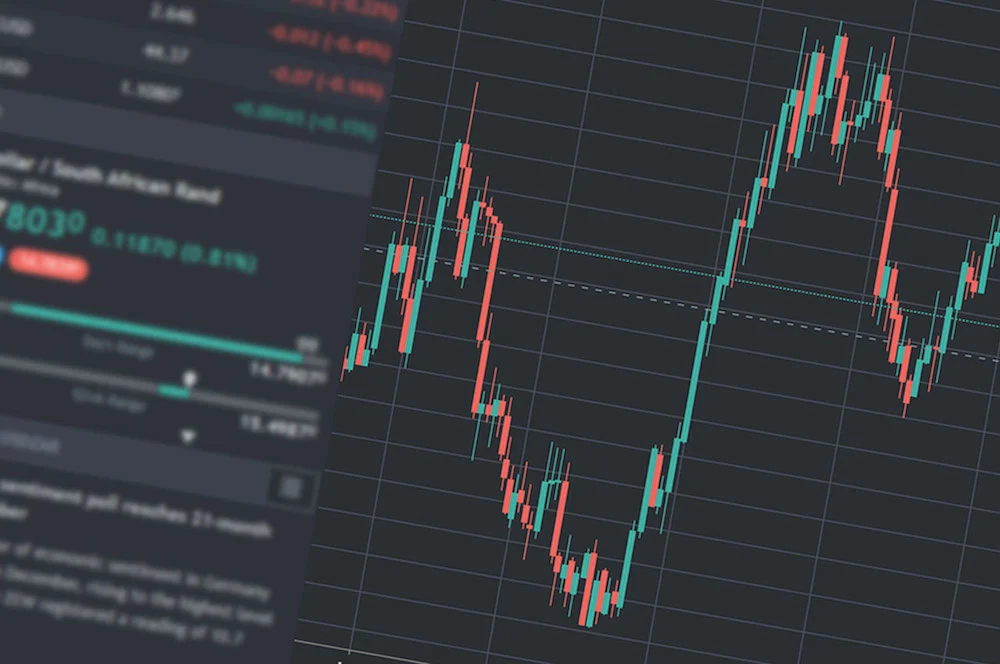Introduction
The Turkish Lira (TRY) has been capturing significant attention in the Malaysian forex trading community throughout 2023 and early 2024. The currency’s persistent decline has created both challenges and opportunities for investors seeking to understand how low the Turkish Lira might go. Market analysts and financial experts have been closely monitoring the situation, providing valuable insights into the currency’s future trajectory. Understanding the complexities of the Turkish Lira requires a comprehensive analysis of multiple economic factors and market conditions. The volatile nature of this currency pair has made it a focal point for traders looking to diversify their portfolios. Additionally, recent developments in Turkey’s monetary policy have added new dimensions to trading strategies.

Current Market Analysis and Projections
Recent market data suggests that the Turkish Lira could potentially depreciate to approximately 2.2 yen per lira. This projection is based on several key economic indicators and market trends that continue to influence the currency’s movement. The Malaysian trading community has shown particular interest in understanding these dynamics, as they directly impact investment strategies and risk management approaches. The current market situation reflects a complex interplay of domestic and international factors affecting Turkey’s economic landscape. Trading volumes and market sentiment indicators suggest sustained pressure on the currency pair. Technical analysis patterns have emerged that support these projections, though markets remain highly dynamic.
Key Fundamental Factors Affecting the Turkish Lira
Economic Policy Indicators:
- Central bank monetary decisions
- Government fiscal policies
- Inflation management strategies
- Economic growth metrics
- International trade policies
Market Sentiment Factors:
- Investor confidence levels
- Global economic conditions
- Regional political stability
- International relations
- Trade partnership developments
Technical Analysis Components:
- Support and resistance levels
- Trend line analysis
- Volume indicators
- Moving averages
- Momentum oscillators
Trade Balance Analysis
| Period | Balance (USD) | Month-over-Month | Market Impact |
| Q3 2023 | -8.66 billion | +3.56 billion | Moderate |
| Q2 2023 | -12.22 billion | -7.06 billion | Significant |
| Q1 2023 | -5.16 billion | +7.37 billion | High |
Interest Rate Impact Analysis
The Turkish central bank’s interest rate decisions have played a crucial role in currency valuation. Recent policy changes have shown a direct correlation with market movements. The effectiveness of monetary policy initiatives continues to influence trading strategies. Market participants have adapted their approaches based on these policy shifts. Local economic conditions have responded to these changes in varying degrees. International investors have shown increased interest in monitoring these developments. The overall impact has created new trading opportunities in the Malaysian market.
Risk Management Strategies
Position Management:
- Strict stop-loss implementation
- Position sizing guidelines
- Portfolio diversification
- Risk-reward ratios
- Exposure limits
Market Analysis Tools:
- Economic calendars
- News monitoring systems
- Technical analysis platforms
- Fundamental analysis resources
- Risk assessment tools
Trading Recommendations for Malaysian Investors
Strategic Approaches:
- Long-term position planning
- Short-term trading opportunities
- Risk mitigation techniques
- Market timing strategies
- Portfolio balancing methods
Technical Considerations:
- Entry point identification
- Exit strategy development
- Trend following techniques
- Counter-trend opportunities
- Volume analysis methods
FAQ
What is the projected lowest point for the Turkish Lira?
The Malaysian forex market offers unique advantages due to its position in the Asian trading session. Traders benefit from optimal liquidity during Asian hours, lower spreads during peak trading times, and strong correlations with regional economic events. The regulatory environment also provides additional protection for retail traders.
How do interest rate decisions affect the Turkish Lira?
Current analysis suggests a potential decline to 2.2 yen per lira, though market conditions remain volatile.
What are the key risks for Malaysian traders?
Major risks include currency volatility, political uncertainty, and economic policy changes in Turkey.
How can investors protect their positions?
Using stop-loss orders, maintaining diversified portfolios, and implementing strict risk management protocols.
What technical indicators are most reliable for TRY trading?
Moving averages, RSI, and trend lines have proven effective for analyzing TRY movements.


